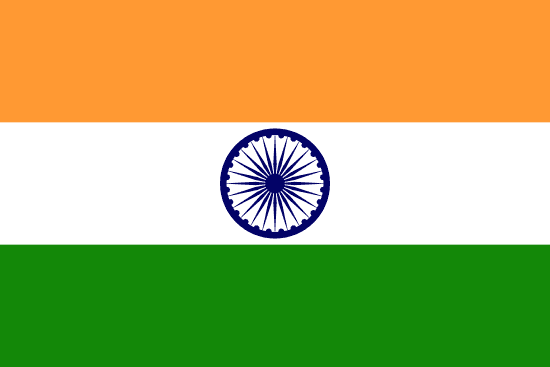"दार्जिलिंग - छाया की नगरी | Darjeeling - The City of Tea"
About:
Darjeeling, a city in West Bengal, India, was established by the British in the mid-19th century. Initially a sanatorium, it became a popular hill station due to its cool climate. The Darjeeling Himalayan Railway, built in 1881, is a UNESCO World Heritage site. The city is renowned for its tea industry and eco-tourism initiatives. Post-independence, it has witnessed several political movements, particularly for Gorkhaland, a separate state for the Nepali-speaking Gorkha ethnic group. Today, it remains a popular tourist destination.
When to visit:
Darjeeling, a popular hill station in the Indian state of West Bengal, experiences a pleasant climate throughout the year. However, the best time to visit Darjeeling is during the months of March to May and September to November. During these periods, the weather is mild, with clear skies and blooming flowers, offering ideal conditions for sightseeing and outdoor activities. It is advisable to avoid the monsoon season from June to August, as heavy rainfall can disrupt travel plans and hinder the overall experience of visiting Darjeeling.
When to avoid:
The worst time to travel to Darjeeling on a holiday would typically be during the monsoon season, which occurs from June to September. During this time, heavy rainfall can lead to landslides, roadblocks, and disruptions in transportation, making it challenging to navigate the hilly terrain of Darjeeling. Additionally, the mist and fog that accompany the monsoon season can obscure the stunning views of the Himalayas that the region is known for. Travelers may also encounter limited outdoor activities and sightseeing opportunities due to the inclement weather conditions. It is advisable to plan your trip to Darjeeling during the drier and more temperate months for a more enjoyable travel experience.
"Monsoon Season (June–September)"
Darjeeling's coldest and wettest period is from July to September during the monsoon season. Average temperatures range from 13-19°C, but it can drop to single digits. Heavy rainfall, averaging 700mm, is common and often leads to road blockages. Sunlight is minimal with thick cloud cover throughout the day. Foggy mornings and evenings add a mystical charm. An average day for a visitor might involve indoor activities or short walks during brief dry spells. Despite the weather, the lush green tea gardens and misty hills provide a unique, serene experience.
"Summer (April–June)"
In Darjeeling, the warmest part of the year is from April to June, which is the spring season. During this time, the average temperature ranges from 15°C to 25°C (59°F to 77°F). Rainfall is relatively low, with an average of 100-200 mm per month, as the monsoon season doesn't begin until June. The area enjoys ample sunlight with an average of 10-12 hours of daylight per day. Humidity is moderate, usually around 60-70%, providing a comfortable atmosphere. Cloudiness varies, but clear to partly cloudy skies are common, offering breathtaking views of the surrounding mountains on clear days.
A typical day for a visitor during this season would start with a mild morning, warming up as the day progresses. It's perfect for exploring tea gardens, hiking, or visiting local attractions. Evenings can be a bit cooler, so it's advisable to carry a light sweater. The weather is generally pleasant and not excessively hot, making it an ideal time for outdoor activities and sightseeing.
Language:
In Darjeeling, a city in West Bengal, India, the most commonly spoken languages are Nepali, Bengali, and Hindi. Nepali, also known as Gorkhali, is the lingua franca of the region due to the significant Nepalese population. Bengali is spoken due to the city's location in the Bengali-majority state of West Bengal. Hindi, being the official language of India, is also widely understood and used. English is also spoken, particularly in educational and official contexts.




